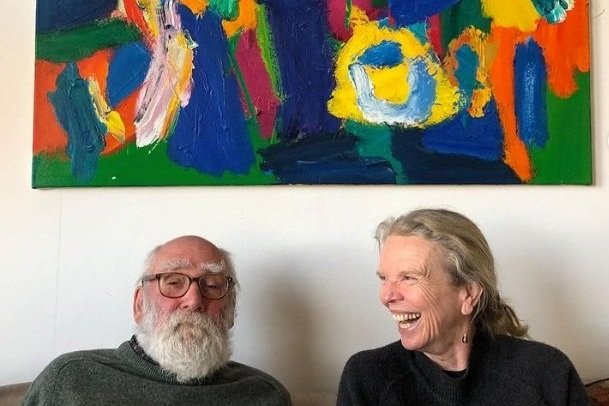
The Marrakech Biennale 2005-2016
AIM Arts in Marrakech was founded in 2004 by Vanessa Branson and Abel Damoussi as a not-for-profit association whose mission was to position Marrakech as a platform for contemporary art in Africa, the Middle East and the Mediterranean region. Amidst the rise of global tensions, entrepreneur and philanthropist Vanessa Branson envisioned a cultural festival that would address social issues through the arts, using them as a vehicle for debate and discussion and to build bridges between diverse ideologies. It was the first major Trilingual (English, Arabic and French) festival in North Africa. In 2009, Vanessa upped the festival’s ambition and carried it forward as the Marrakech Biennale. By benefiting from city’s ideal location as a geographic and cultural crossroads, the Marrakech Biennale has been a world class event synonymous with artistic excellence and cultural diversity, and has promoted dialogue through all forms of artistic expression. Since 2014, the Biennale has been under the leadership of the Executive President, Mohamed Amine Kabbaj.
The Biennale has focused on cutting-edge contemporary Visual Art, Literature, and Film. It has consisted of a main Visual Arts Exhibition, other arts exhibitions, installations and happenings, discussions, debates and screenings based in the eclectic venues and settings that Marrakech has to offer. The Marrakech Biennale also has an Education and Internship Program which promotes intercultural, interdisciplinary and intergenerational exchange between Morocco's student population and the artists, staff and international visitors of the Biennale. To date, there have been 6 editions, with the last edition held in 2016.
I had a sense of being caught between two very different worlds when we opened in El Fenn in 2004. The 9/11 attacks and Iraq war had dominated the headlines and there was a strong sense of ‘them and us’ in the air. But all the while, I was spending so much time in Morocco, experiencing life in a tolerant Muslim country and working with wonderful people. The situation was far more nuanced than the headlines told us and I started thinking more and more about a way to use the arts as a platform for debate.
Looking back at the biennale now, I wonder at all the experimentation provoked and boundaries pushed. But what means most is how many of those involved have gone on to great things. We wanted the biennale to be part of the local society, not simply dropped on to Marrakech from a height, and I think we achieved that in many ways. Careers were launched, connections made.
Before we started the biennale, the world’s focus was on Morocco’s heritage rather than its contemporary culture. But young people need to look to the future and we laid some strong foundations for the next generation to build on. I’m proud of that.
Prior to founding and directing the Marrakech Biennale, Vanessa was cofounding curator with Prue O'Day of the Wonderful Fund Collection between 1999 and 2004. This involved 15 people investing in the fund with which Prue and Vanessa purchased works of contemporary art to reflect the pulse of the times. The idea was that ownership would be shared but that the purchasing would be done by Branson and O'Day. Over the next five years, the pair visited artists' studios, galleries, degree shows and art fairs in Britain, America and Europe looking for as broad a spectrum of work as possible. It was then exhibited at the first Marrakech Biennale at the Museum of Marrakech. The Wonderful Fund Collection was also exhibited at the newly refurbished Pallant House Gallery, Chichester in 2006.
The Wonderful Fund Collection 2000-2005
Vanessa Devereux Gallery 1986-1991
Vanessa Branson founded the Vanessa Devereux Gallery in 1986 in Portobello Road, London, where she gained a reputation for tightly organized exhibitions of well chosen talent, as well as for showcasing a number of emerging artists including William Kentridge’s UK debut exhibition. Other artists shown include Fred Pollock, Margaret Hunter, Pep Duran Esteva, and Henry Kondraki. Vanessa joined Prue O’Day and several other new art galleries in Portobello to stage the Portobello Contemporary Art Festival between 1988-1991. Please see link for the The Artful Lodgers of Portobello Road article by The Washington Post.










